In early 1863, Alexander T. Augusta and Anderson R. Abbott, two black physicians, wrote letters to President Abraham Lincoln and Secretary of War Edwin Stanton requesting appointments as surgeons to the newly formed "colored regiments." Augusta received a military commission as a major, and Abbott was offered a position as contract surgeon with the rank of lieutenant.
Both men wore the uniforms of Union Army officers as symbols of pride and patriotism despite the risk to their personal safety. Their appearance in officer uniforms stirred pride in many former slaves and free blacks, but provoked anger in others, both white and black. They represented a change in the role and position of African Americans that some were reluctant to accept.

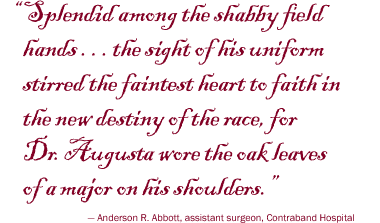

Anderson R. Abbott, a Canadian physician, was born in 1837. He received his medical education at the Toronto School of Medicine in Ontario prior to applying for a position with the Union Army as a surgeon. Abbott served as a contract surgeon at Contraband Hospital in Washington, D.C. beginning in June 1863 and as surgeon-in-charge beginning in November 1864.
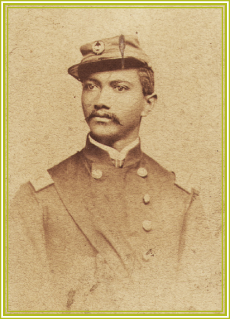
Alexander T. Augusta, M.D.
Courtesy Oblate Sisters of Providence Archives

Edwin M. Stanton,
Secretary
of War,
c. 1865
Courtesy Library of Congress, Prints & Photographs Division, Brady-Handy Collection

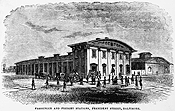
President Street train station in Baltimore, Maryland where the attack on Augusta occurred.
Courtesy Library of Congress
Alexander T. Augusta was freeborn in Norfolk, Virginia in 1825. He sought a medical education in Canada after being denied admittance to medical school in the United States because of his color. Augusta became the first African American commissioned medical officer in the United States Army when he was appointed surgeon with the Union Army in April 1863. He was friend and mentor to fellow black surgeon Anderson R. Abbott, and worked side-by-side with him at Contraband Hospital in Washington, D.C. Augusta served as surgeon-in-charge at Contraband Hospital for six months before mustering in with his regiment, the 7th Infantry of the United States Colored Troops, as their regimental surgeon.

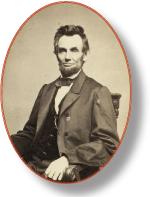 President Abraham Lincoln, 1863
President Abraham Lincoln, 1863
Courtesy Library of Congress, Prints & Photographs Division

While on a train in Baltimore, Maryland, Augusta was singled out for wearing his major's uniform and violently attacked by several young white men. Responding to the incident in a letter to the weekly black newspaper, The Christian Recorder, Augusta defended his right to wear his uniform in public saying, "…my position as an officer of the United States, entitles me to wear the insignia of my office, and if I am either afraid or ashamed to wear them, anywhere, I am not fit to hold my commission."

In contrast to the hostility he faced in Baltimore, Augusta received a jubilant response when he appeared in uniform at the mustering of the first two companies of contraband soldiers in Washington, D.C. and at a public celebration of the D.C. Emancipation Act. In him, black soldiers and former slaves saw a reflection of the possibilities that freedom could bring.
On April 16, 1863, a celebration of the one year anniversary of the signing of the D.C. Emancipation Act was held at the 15th Street Presbyterian Church in Washington, D.C. The appearance of Alexander T. Augusta in uniform was reported the next day in The Evening Star newspaper.
Last Reviewed: February 16, 2012




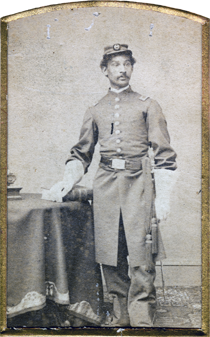
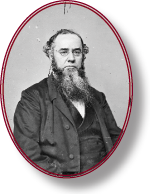

 Previous
Previous